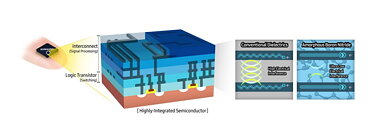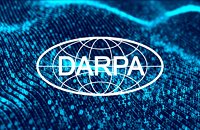
Intel Collaborates with Argonne National Laboratory, DOE in Q-NEXT Quantum Computing Research
Intel today announced that it is among the leading U.S. quantum technology companies included in Q-NEXT, one of five new national quantum research centers established by the White House Office of Science and Technology Policy (OSTP) and the U.S. Department of Energy (DOE). Q-NEXT, National Quantum Information Science Research Center, is led by Argonne National Laboratory and brings together world-class researchers from national laboratories, universities and leading technology companies to ensure U.S. scientific and economic leadership in this advancing field. The collaboration will enable Intel to actively contribute to the industry's efforts on quantum computing.
"Advancing quantum practicality will be a team sport across the ecosystem, and our partnership with Argonne National Laboratory on Q-NEXT will enable us to bring our unique areas of expertise to this cross-industry effort to drive meaningful progress in the field. At Intel, we are taking a broad view of quantum research that spans hardware and software with a singular focus on getting quantum out of labs and into the real world, where it can solve real problems," said James Clarke, director of Quantum Hardware at Intel.
"Advancing quantum practicality will be a team sport across the ecosystem, and our partnership with Argonne National Laboratory on Q-NEXT will enable us to bring our unique areas of expertise to this cross-industry effort to drive meaningful progress in the field. At Intel, we are taking a broad view of quantum research that spans hardware and software with a singular focus on getting quantum out of labs and into the real world, where it can solve real problems," said James Clarke, director of Quantum Hardware at Intel.
































